What is Dry Needling?
Acupuncture, a component of traditional Chinese medicine, is commonly used to treat pain, improve overall wellness, and manage stress. While the practice of acupuncture has been used for thousands of years, a newer concept known as dry needling is increasingly being used by patients to alleviate muscle tightness and pain. In this article we will investigate what dry needling is, how it differs from traditional acupuncture, and how it can be used to benefit patients suffering from a variety of ailments.
One the surface, it may seem like dry needling and acupuncture are the same thing as both practices involve inserting needles into various points on the body in order to reduce discomfort. One of the biggest differences is where the needles are placed during the procedures. With traditional acupuncture, needles are inserted into pressure points all over the body in an effort to focus a person’s energy (known as “chi”). The belief with acupuncture is that because our body systems are so interconnected, focusing on pressure points and the energy that flows throughout the body will aid in overall recovery rather than focusing on a specific area of discomfort. Dry needling differs in that the needles are inserted directly into the areas causing the discomfort. As such, dry needling is a more direct approach to tackling the painful area than acupuncture.
The process of dry needling involves a therapist placing needles directly in and around the muscle in order to restore blood flow and loosen up tightness. A runner, for example, that tweaks their quadricep during a workout could find relief through dry needling as it is believed that the procedure reduces muscle contraction allowing the muscle to restore its natural form. While ideal for sports related soreness or injuries, dry needling could also be beneficial to patients suffering from a variety of aches and pains.
Dry needling and acupuncture also differ significantly in the amount of pain involved in the procedures. In general, acupuncture is relatively painless because the needles used are very small and only get inserted into the surface of the skin. With a dry needling procedure, there is a high likelihood that the patient will incur pain when the needles are inserted directly into the muscles. It is believed that the pain experienced will directly correlate to the results a patient sees. Upon inserting the dry needle, muscles produce a natural twitch response that stimulates electrical activity in and around the effected tissue. One the muscle twitching subsides, pain and dysfunction are noticeably decreased. It is common that patients will bleed where the needle penetrates the skin, may experience soreness, and could notice bruising as a result of the procedure.
Given that dry needling is more invasive and painful than traditional acupuncture, patients may be wondering if the procedure is worth the trouble. Because dry needling is a newer procedure, there have not been many studies done regarding its effectiveness. Initial research suggests that dry needling may not be any more, or less effective, than other forms of physical therapy. As such, it will likely come down to patient preference and experience before any tangible research is available to draw conclusions from.
